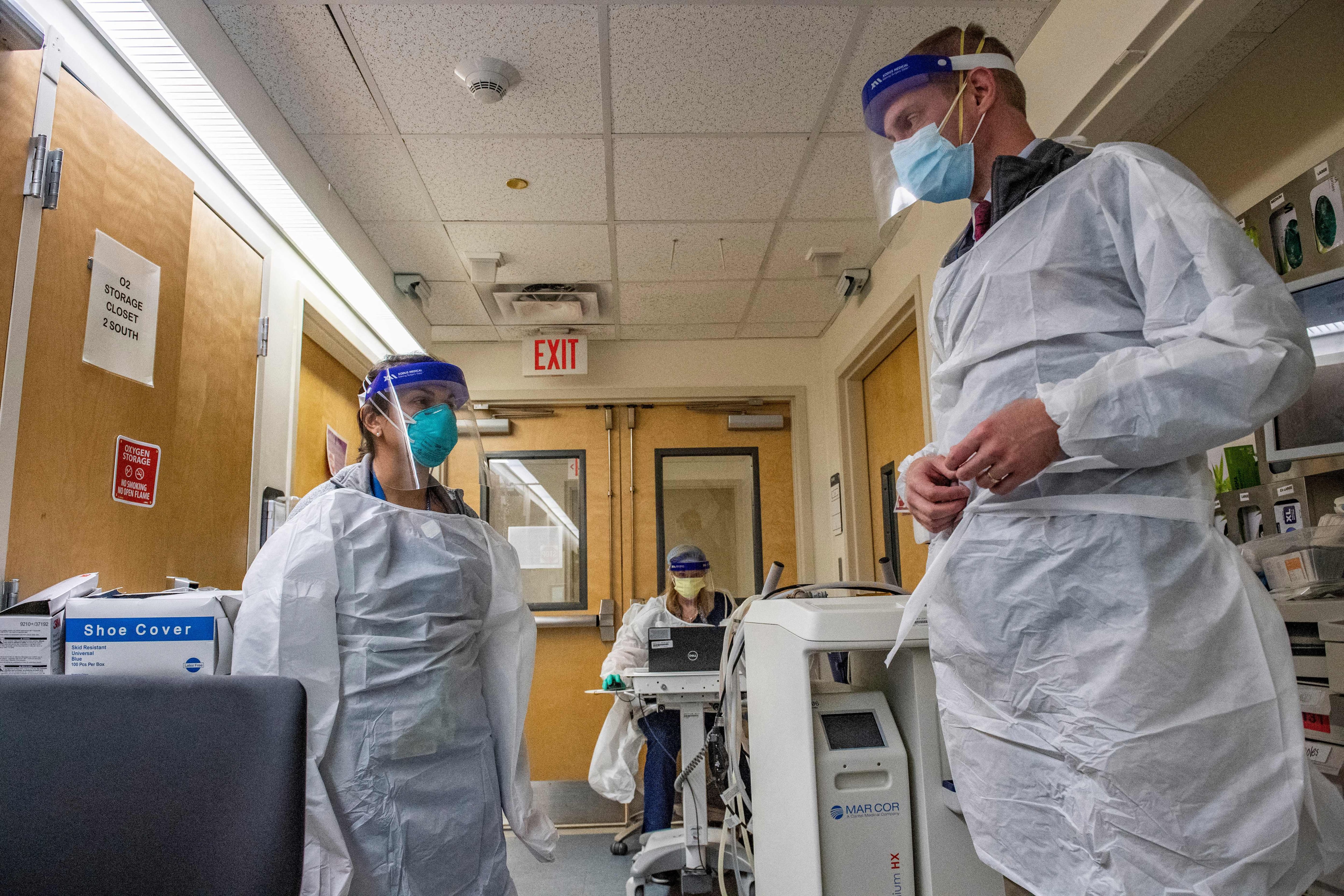PHILADELPHIA — A Philadelphia medical museum said Tuesday it will return the skull of an Australian soldier who was killed in World War I to the Australian Army.
A military attache for the Australian Embassy will meet with Mutter Museum officials in the coming weeks to take the skull, the museum said in a statement.
“We can appreciate the position of, and are sympathetic to, the mission of the Australian Army,” said Robert Hicks, the museum’s director. “The recovery of remains of soldiers who were lost in combat or died as prisoners of war is vital work.”
The remains are those of 27-year-old Pvt. Thomas Hurdis, of New South Wales, according to a statement from Brig. Shane Gabriel, the military attache.
The announcement came on 100th anniversary of the soldier’s death.
Hurdis was wounded at the Battle of Polygon Wood, near Ypres, Belgium, on Sept. 28, 1917. His injuries included a bullet that is lodged and still visible near the left eye socket.
He was treated by a Philadelphia ophthalmologist in France. Five days after he was wounded, a disoriented Hurdis pulled off his bandages and bled to death.
Australian politician Linda Voltz has been pushing for the skull’s return.
“Many families never knew the fate of their sons. The fact this soldier’s remains were sitting in a museum after such a horrific death, where the head has obviously been separated from the body, is appalling,” she said in emailed comments over the weekend. She didn’t immediately return a message seeking comment about Tuesday’s announcement.
The skull was given to the museum in 1919 by the British government, supervised by the British Medical Services, the museum said. It was part of a collection intended for study by military doctors conducting reconstructive surgery on soldiers. The museum said it hadn’t been displayed in years.
The museum said it was contacted by the Australian Army in August about the skull. The controversy was first reported last week by The Guardian newspaper.
The Mutter is known for its collection of organs preserved in jars, deformed skeletons and lifelike wax casts of shocking medical maladies. It was founded in 1863 by The College of Physicians, which still operates it.
The stated mission of the museum is to help the public “understand the mysteries and beauty of the human body and to appreciate the history of diagnosis and treatment of disease.”
Exhibits include an 8-foot-long (2.4-meter-long) human colon, the body of a woman who essentially turned to soap, slides of Albert Einstein’s brain and a tumor removed from President Grover Cleveland.





